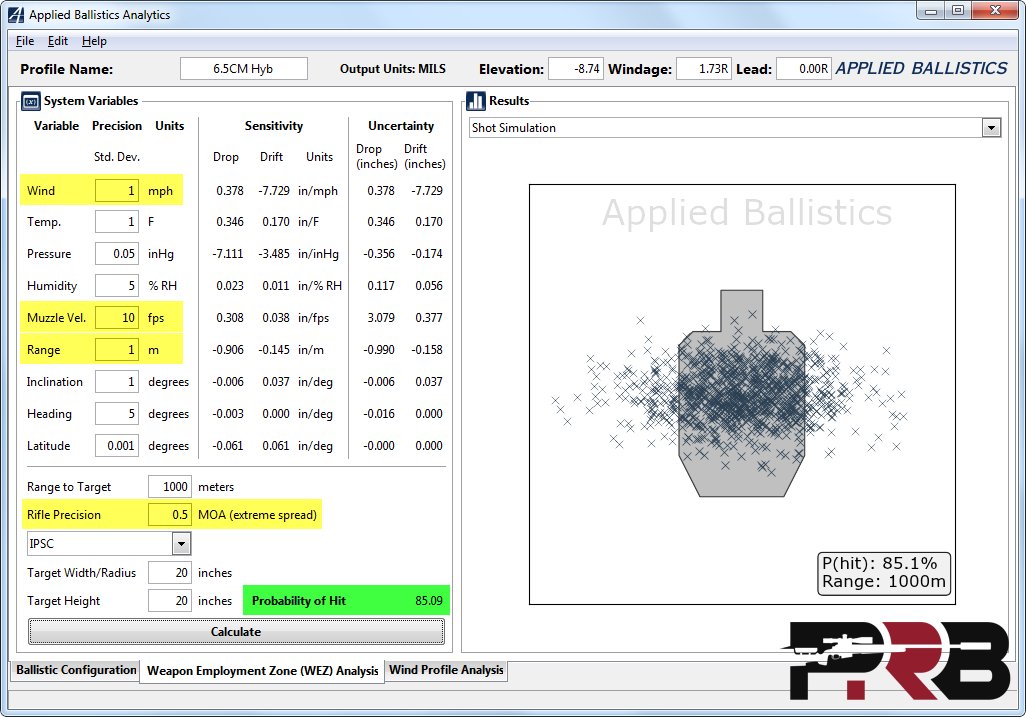This is my approach as well (though I dont claim to be anymore than an a novice load developer). Its very interesting when you lay a single line down vs several on the graph. Suffice it to say, it seems the true Saterlee is a 50/50 crapshoot at best.
I'm also not going to claim to be some sort of a reloading expert. It's a continual evolution of knowledge, some of which I've typed up here for the sake of this conversation.
When I first got started in reloading, I would always see people post up their ~3-5 round chronograph readings on social media, thinking those were consistent results these people were getting. It was frustrating, as I wouldn't get these consistently sub ~5-10 fps ES spreads that people were posting online.
Come to find out through my own testing and experience, as well as reflecting back on my rusty knowledge on statistics from college years ago, I came to realize that those ~3-5 round chronograph readings weren't painting the whole picture and that those were cherry picked chronograph readings that were posted for the sake of vanity. You rarely if ever see people post 10+ shot chronograph readings on social media - it doesn't paint as pretty of a picture. But I guess that's the whole crux of social media, creating an illusion that something is better then it really is.
Reloading is time consuming, and it's easy to "chase ghosts" that really aren't there, especially if you are operating under expectations set out by social media. I keep it pretty simple, and draw the line when it's "good enough" for me and my purposes. The time trying to squeeze out that last ~1% of performance from your reloads is much better spent on the range.



